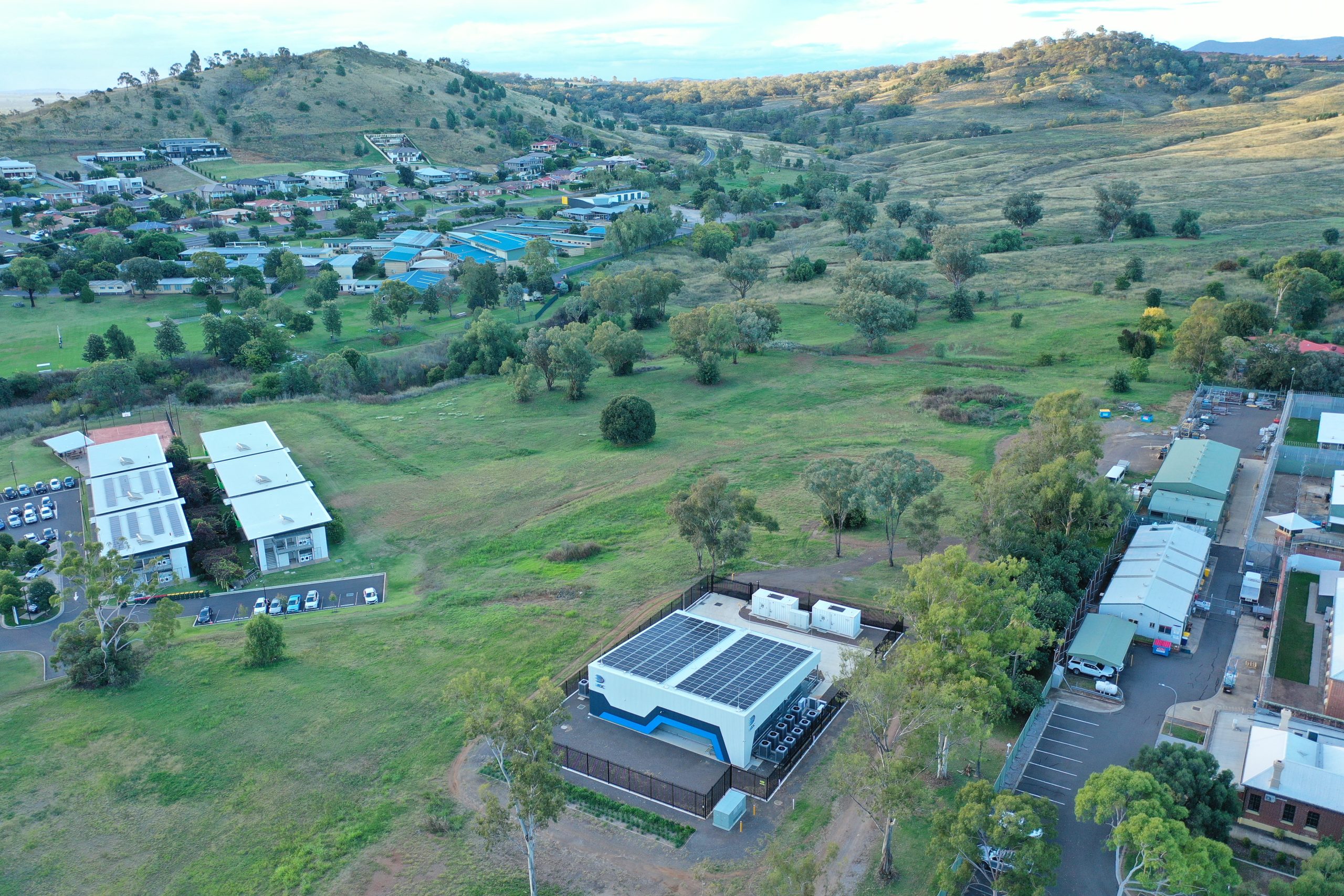From the Back Room to the Front Foot: Migrating Your Infrastructure Into a Data Centre

In this month’s EdgeTech Blog, we explain the benefits of migrating to a Data Centre and explain how to plan a successful move
Across Regional Australia, servers are housed in offices, often in back rooms or in closets. Apart from security risks, these companies have to deal with power and network outages, even with UPS on site. Further, there are costs associated with regular upkeep of on-site data storage; both UPS and cooling are expensive to maintain and replace which can lead to large, unexpected capital expenditure.
Business continuity is a real issue, as, during the storm season of summer, the power regularly drops out which causes outages that can last from 4 hours to 4 days. We have seen an instance where a head office went down for 36 hours due to power failing – when the servers were reset, a lot of the old infrastructure never came back online and required the replacement of expensive equipment.
The impacts of outages are huge for a business. On top of having to replace expensive outdated circuits and servers, these companies are paying for all their staff for days they can do absolutely zero work.
Making the move to a Data Centre
Over the next few years, Tier III Data Centres will be rolled out across Regional Australia, so high on the agenda for many regional businesses will be building a strategy to take advantage of these new facilities. The most obvious benefit is the 99.982% guaranteed uptime, providing business continuity when weather events occur. But the benefits are more far-reaching than that:
-
Cost savings: Whilst a data centre migration project will introduce a short-term increase in spend, the long-term cost benefit provides increases in security, reliability and long-term ease of adoption of new technology. These benefits greatly offset that initial cost.
Migrating your infrastructure into a data centre will optimize your organization’s utilization of IT assets, resources and space as well as decrease support costs. With the various providers in the ecosystem who can provide you with managed services, there are options to transition to an opex model, rather than capitalizing on expensive equipment. This will maximize a business’ return on investment from existing IT infrastructure and minimize future capital expenditure. -
Ecosystem Access: By taking advantage of the local providers in the data centre, such as cloud on-ramps or virtualization, your organization will have rapid access to resources, companies, connections, and can create new environments such as hybrid cloud.
-
Reduced environmental impact: An optimized data centre infrastructure reduces power and cooling requirements, which decreases your carbon footprint and energy bills.
-
Risk avoidance: Your data can be protected better within an optimized data centre environment, whilst maintaining regulatory compliance and your organization’s reputation.
-
User Experience: Using a local data centre to house your infrastructure will help you find that middle ground where your employees and customers still get a great end user experience from applications run locally whilst being able to start adopting non-critical cloud services. Something that people have struggled with in the past with cloud adoption in regional Australia.
However, the most valuable benefit of a local data centre is Peace of Mind. By housing your infrastructure in a Tier III Data Centre facility, you know that your business will continue, no matter what type of outages happen at your office.
Plan your Data Centre Migration
Now that you’ve made the decision to use a data centre, you now need to make a plan to transition your business applications. You need to create a detailed plan around choosing the correct servers, how you will transition your applications, how you manage the transition and who is required to be part of the process.
The three main steps in migration are:
-
Pre-move Logistics and Auditing: The first task you should do is to perform an internal systems audit to confirm inventory and any specific requirements for your configuration. You’ll then need to review your colocation contracting requirements and run any administrative tasks. This may include building out your environment in the new DC, running new cabling and ensuring your racks are ready for your equipment.
-
Move Week Flight Check: For the week of the move, you’ll need to create a checklist for the activities which you’ll need to carry out in the week prior to migration. This may include organizing transport for your services and making sure you have all the right equipment ready for the day. Once you’ve checked all the activities, it’s time to plan the Move Day logistics. This will include making sure you have the right security clearance, the right team in place and the order in which the hardware needs to be unloaded. Once everything has been set up, you’ll need to run post-move testing but powering up all the hardware, running latency tests, testing connectivity and checking for temperature issues.
-
Post-Move Audits and Tasks: Once you’re up and running, you will want to have a look at your Security by running PEN tests. You’ll also want to make sure you have documented the entire configuration and confirmed maintenance and warranty for all of your production equipment.
If you need guidance on how to develop a Migration Plan, please reach out to our team.
Helpful Tips for a Smooth Migration
-
Complete a full inventory of software and applications that are currently running within their existing Production and DR environments.
-
Run a full analysis of their current environment and identify the key systems and their capabilities. For example: do you have a platform that facilitates instant migration (no down time)? What systems are priority: ie ERP, Database etc?
-
Review future requirements and what will be needed to support them. Your DC provider can provide introductions to recommended partners who are already in our Ecosystem.
-
Identify Network requirements to support relocation of Production facility to LEDC.
-
Order Hardware based on both infrastructure and network requirements.
-
Run a proof of concept before you fully transition. This can be done with physical hardware or it can be done using a Private cloud provider. Your DC provider may be able support a POC on their own equipment to allow easier assessment.
-
Build a full migration plan over a timeframe that will minimise disruption to BAU and reduce overhead costs.
-
Rack and Stack new hardware in Data Centre. We would recommend pre racking and cabling (the order of Servers, switches and other hardware) so that installation into the Data Centre is orderly and efficient.
Migrating your servers from your office to a modern facility makes sense, both from a business continuity perspective as well as a financial perspective. The key to a successful transition is in the planning and execution. Reach out to your local data centre provider or trusted Systems Integrator today to find out more about how you can make the transition and be on your way to digital transformation.








